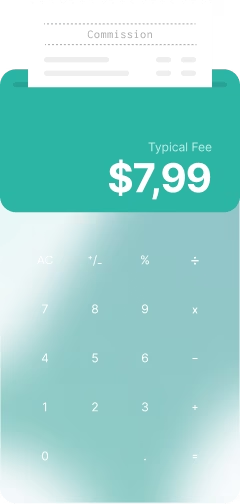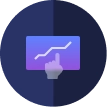Typical Trading Fees

Typical Trading Fees Overview
instrument
Typical Fee
Typical Fee = Spread Fee + Financing costs (SWAP) + Commissions.
Financing costs (SWAP)
The Fee you pay for opening a trade with a borrowed capital (leverage).
Typical Spread Fee
Spread is a difference in price between buy and sell and determines the part of the fee you pay.
Typical Commissions
Extra fees usually charged by brokers.
A typical Trading Fee consists of Spread Fees, and Financing costs (SWAP). To calculate a Typical Fee, we assume a trade of $20,000 (0.2 lots) held for seven days.
DURATION:
Days
MARGIN REQUIRED:
$
LEVERAGE:
Typical Spread Fees
instrument
Typical Spread + Commission
Typical Spread Fee
Spread is a difference in price between buy and sell and determines the part of the commission you may end up paying to the market.
Typical Commission
Spread is a difference between Buy (Long) and Sell (Short) price + broker markups and fees. The numbers are based assuming on a typical trade size of $20,000 (0.2 Lots) and a duration of seven days.
DURATION:
Days
MARGIN REQUIRED:
$
LEVERAGE:
Financing costs (SWAPS) & Margin Requirements
Long
Instrument
Fee per $20,000 (0.2 lots)Short
Instrument
Fee per $20,000 (0.2 lots)Margin Requirements
Own capital required to stay in the trade.
Additional Margin (Leverage) is used to increase your position in the market. Since you are borrowing money to stay in the trade, it creates (Long or Short) Financing costs (SWAPs).

Inactivity Fee
Inactivity Fee
The fee occurs after 30 days with no active trades running.

Trading
Trading
Benefit from reliable execution practices, flexible leverage, affordable fees, and strong regulatory oversight.
Start Trading
Trading
Investing
Create your own investment portfolio by tapping into a vast pool of money managers (PAMM/MAM) and copy-trading providers.
Learn more

 Amazon
Amazon